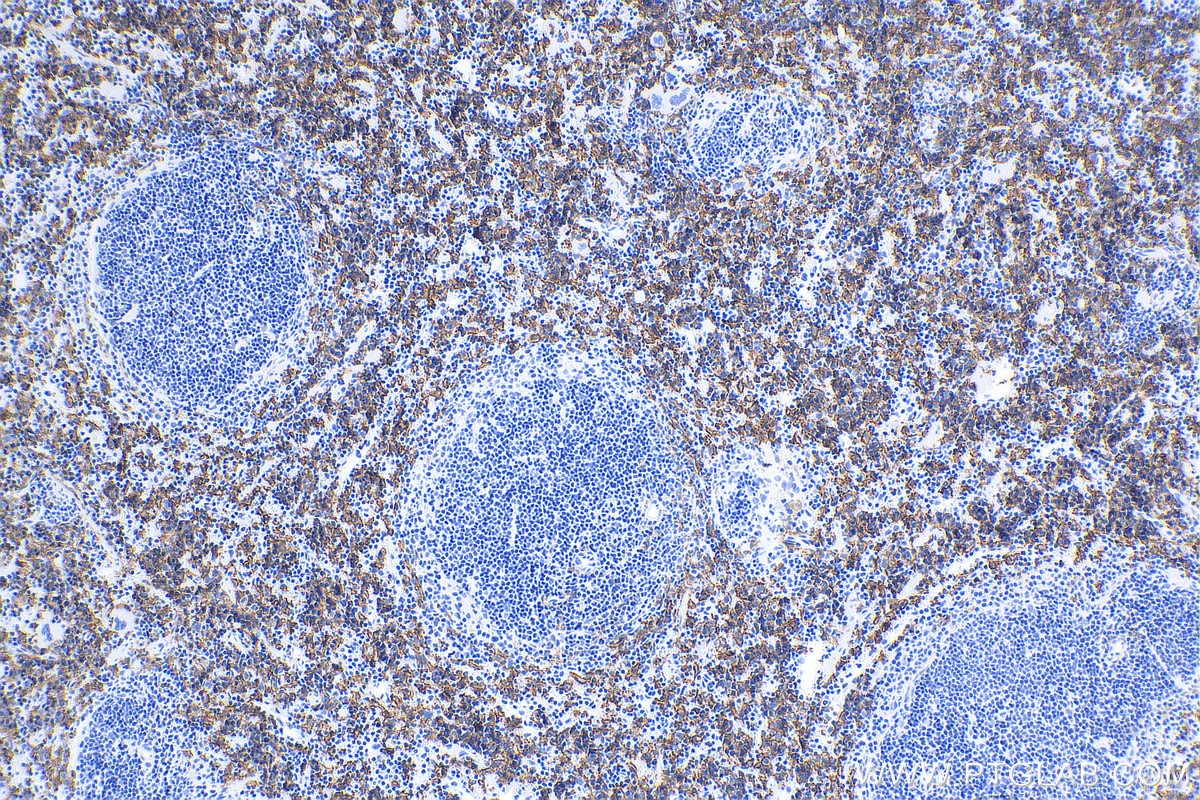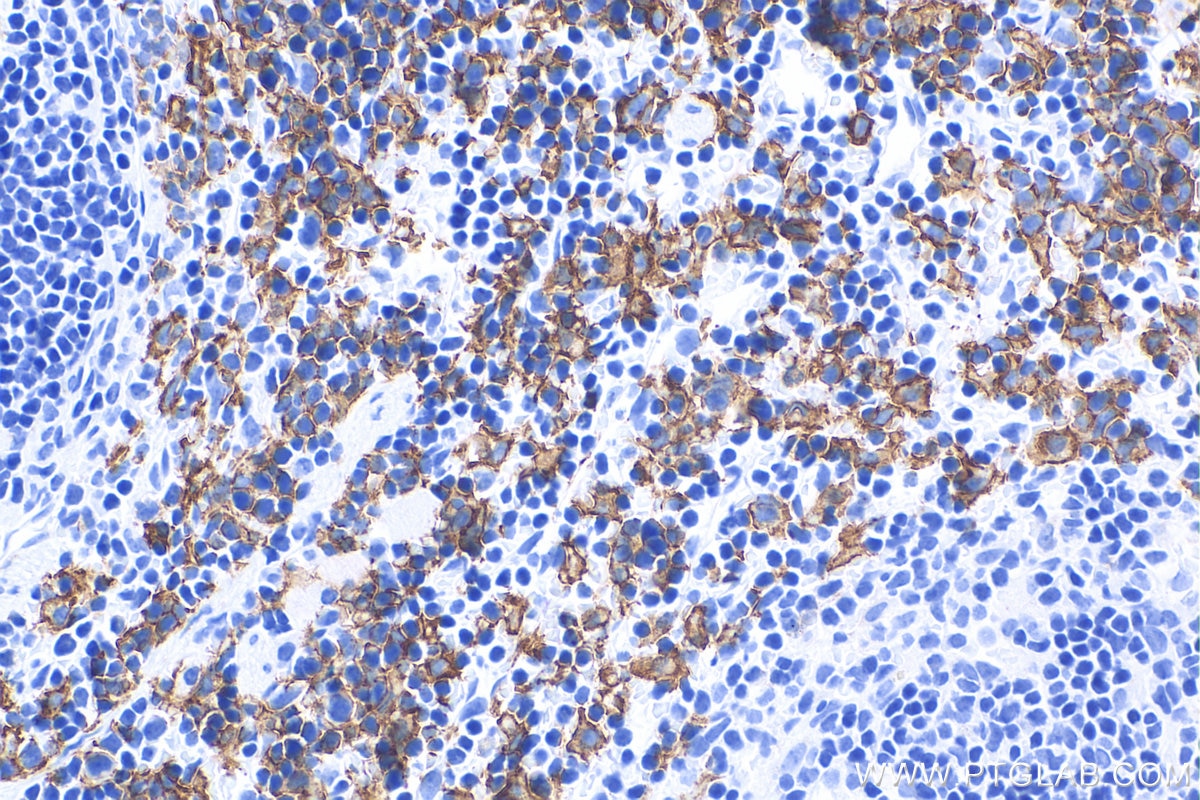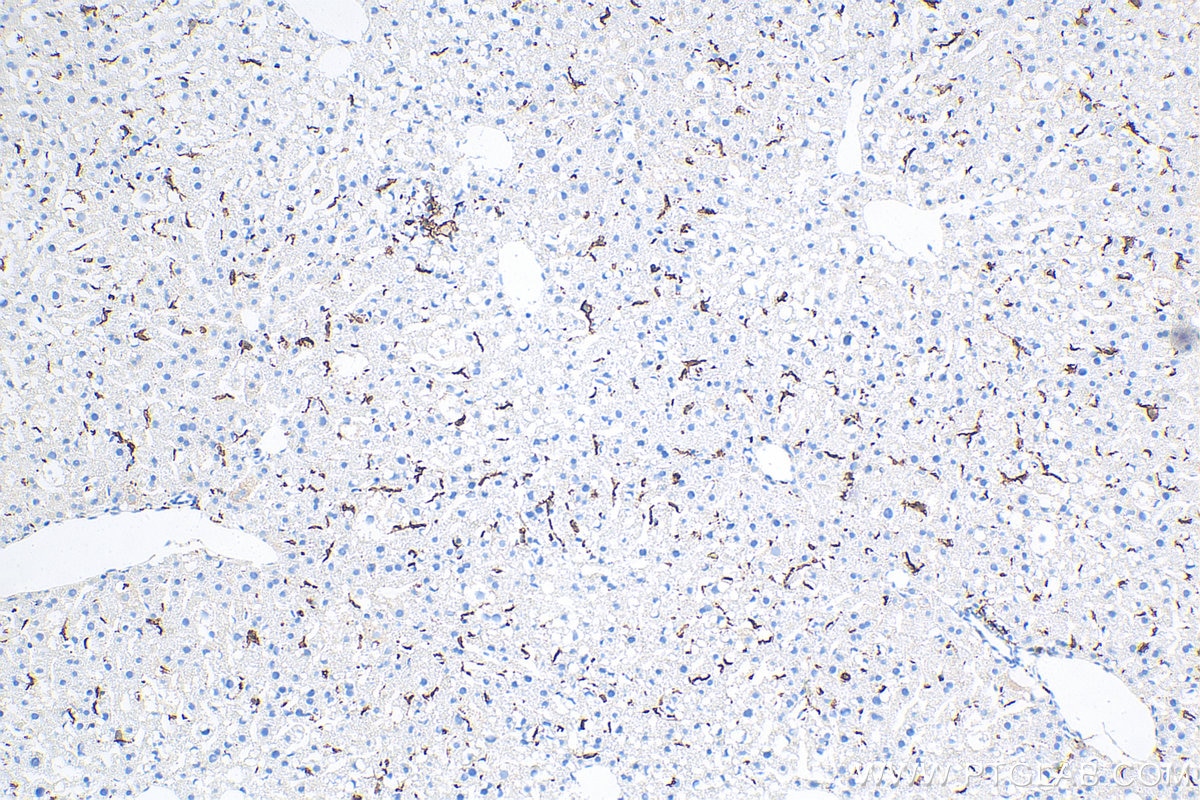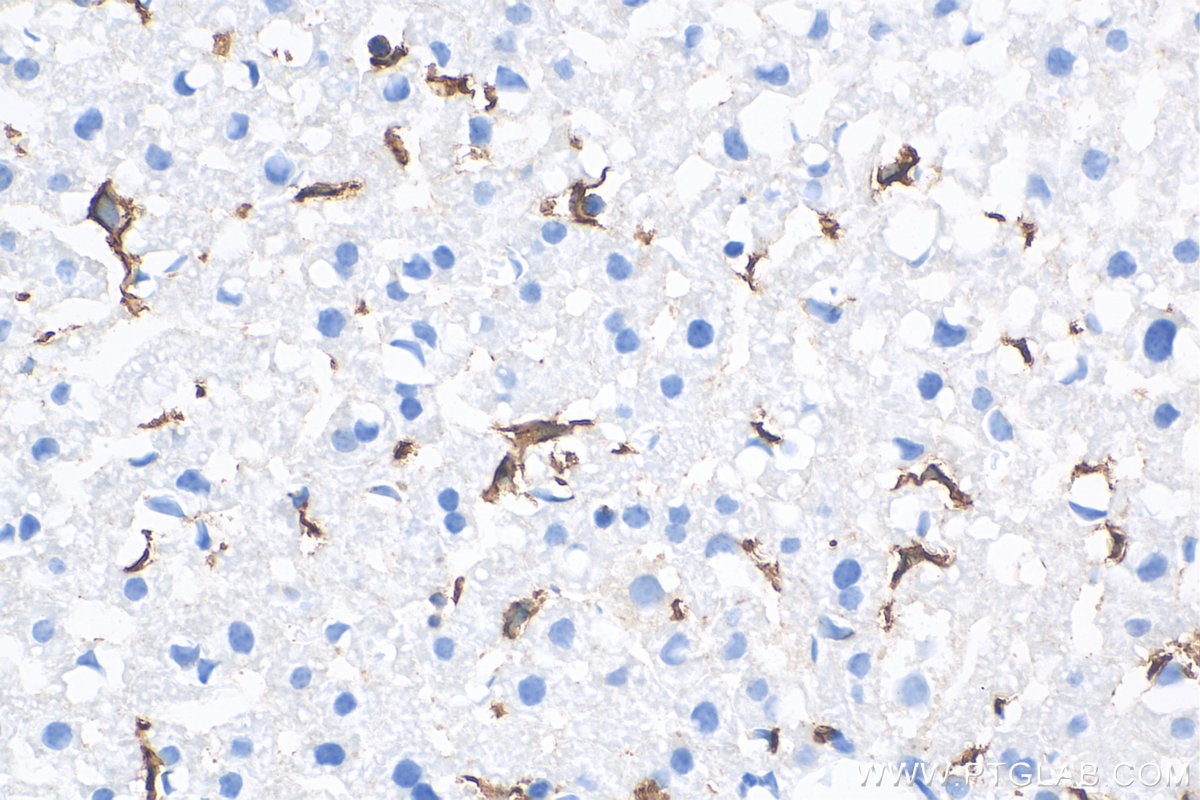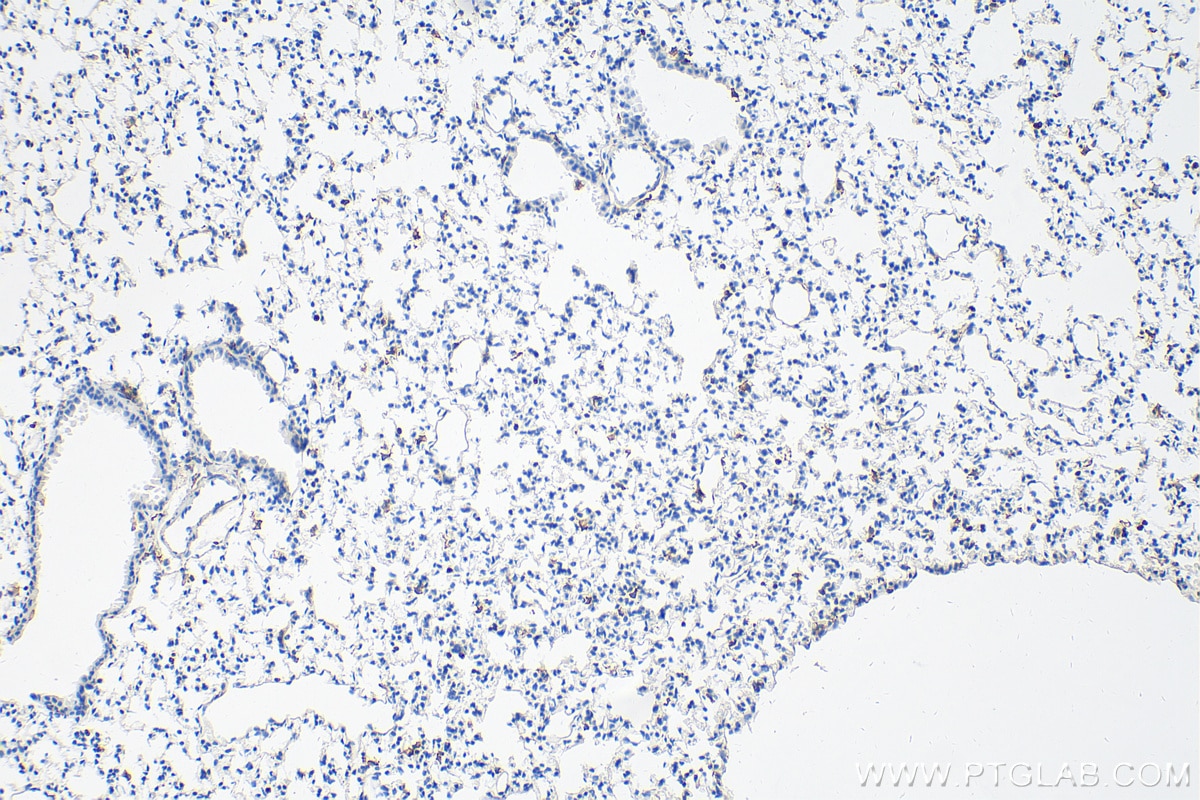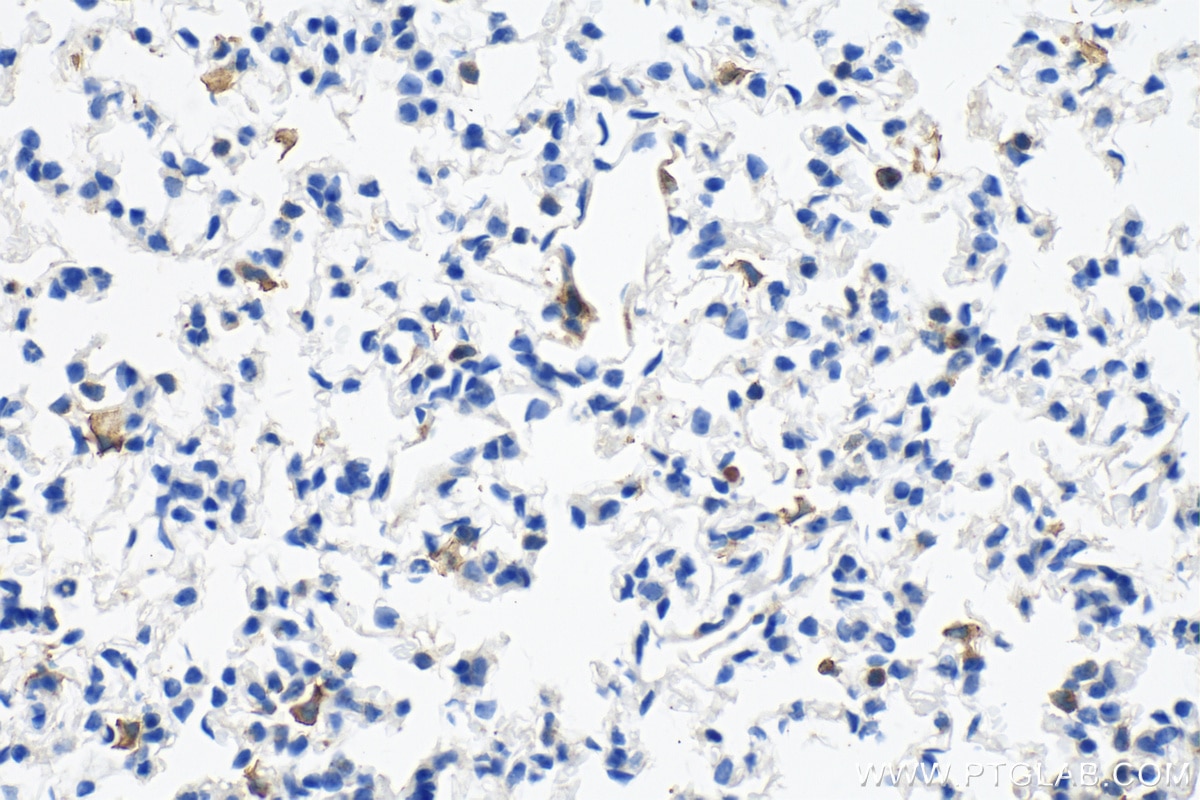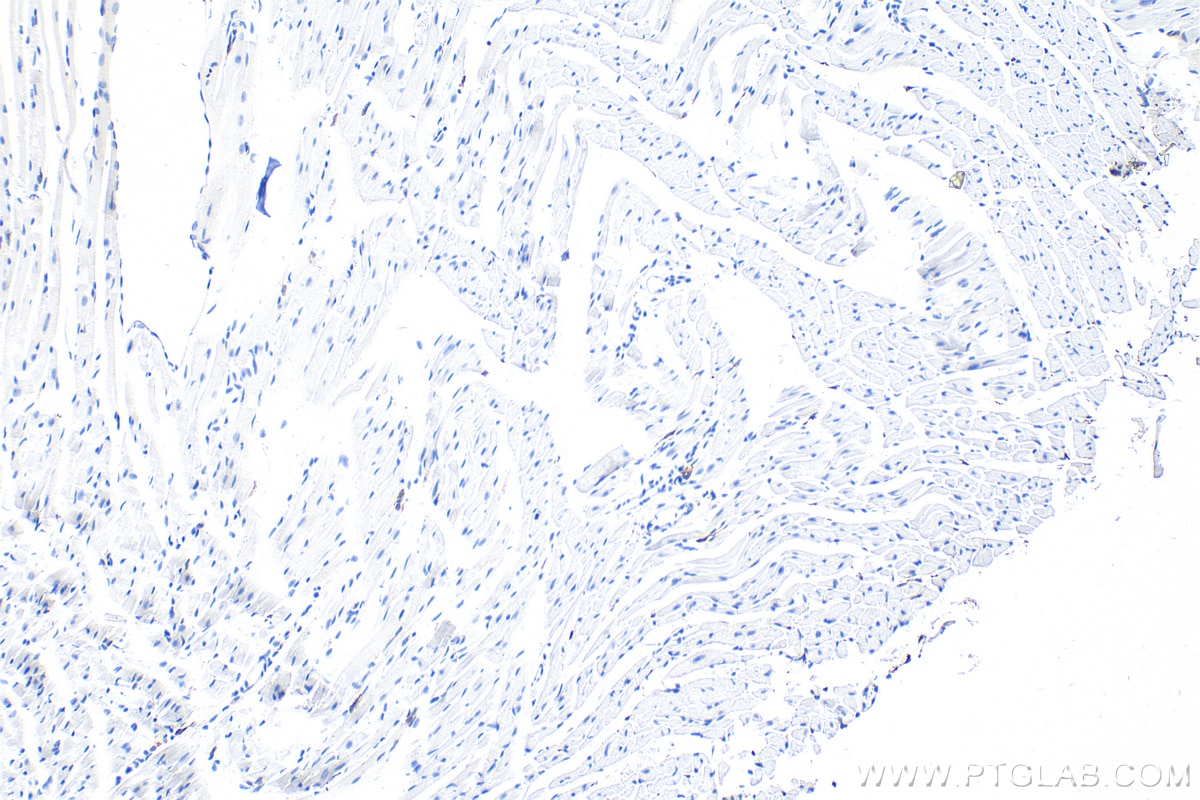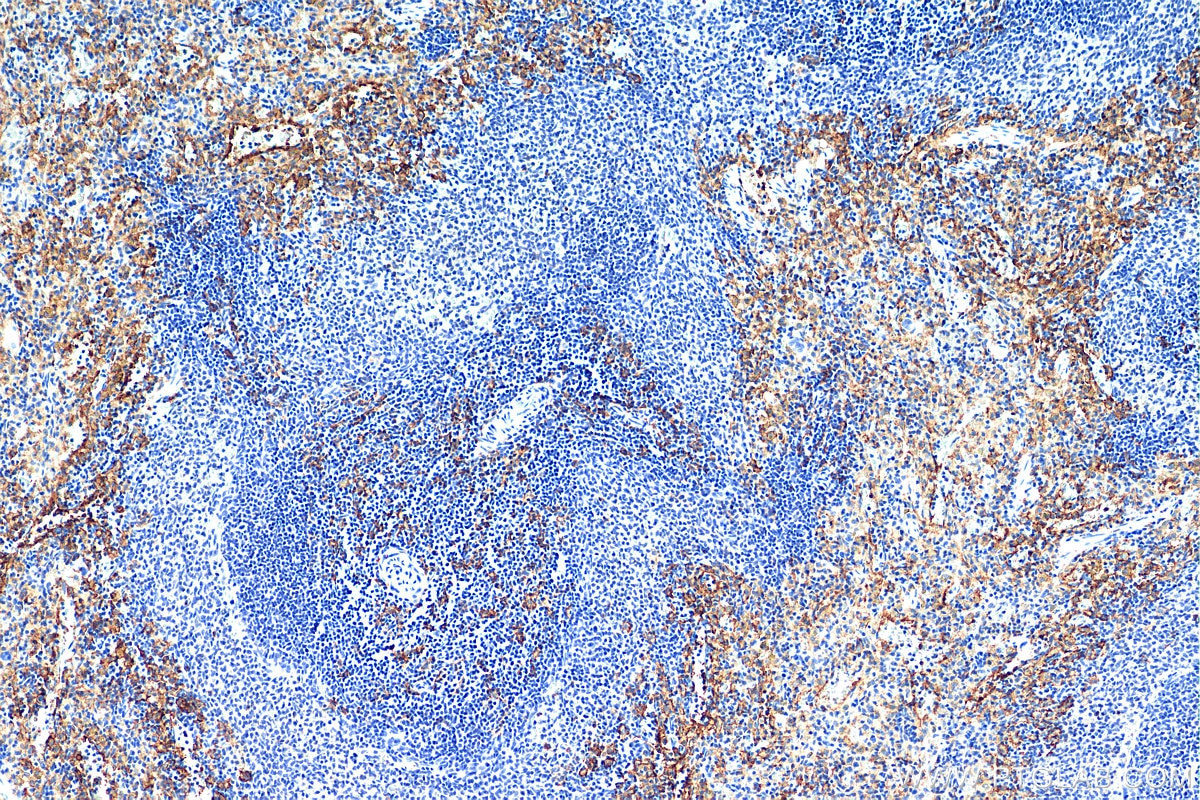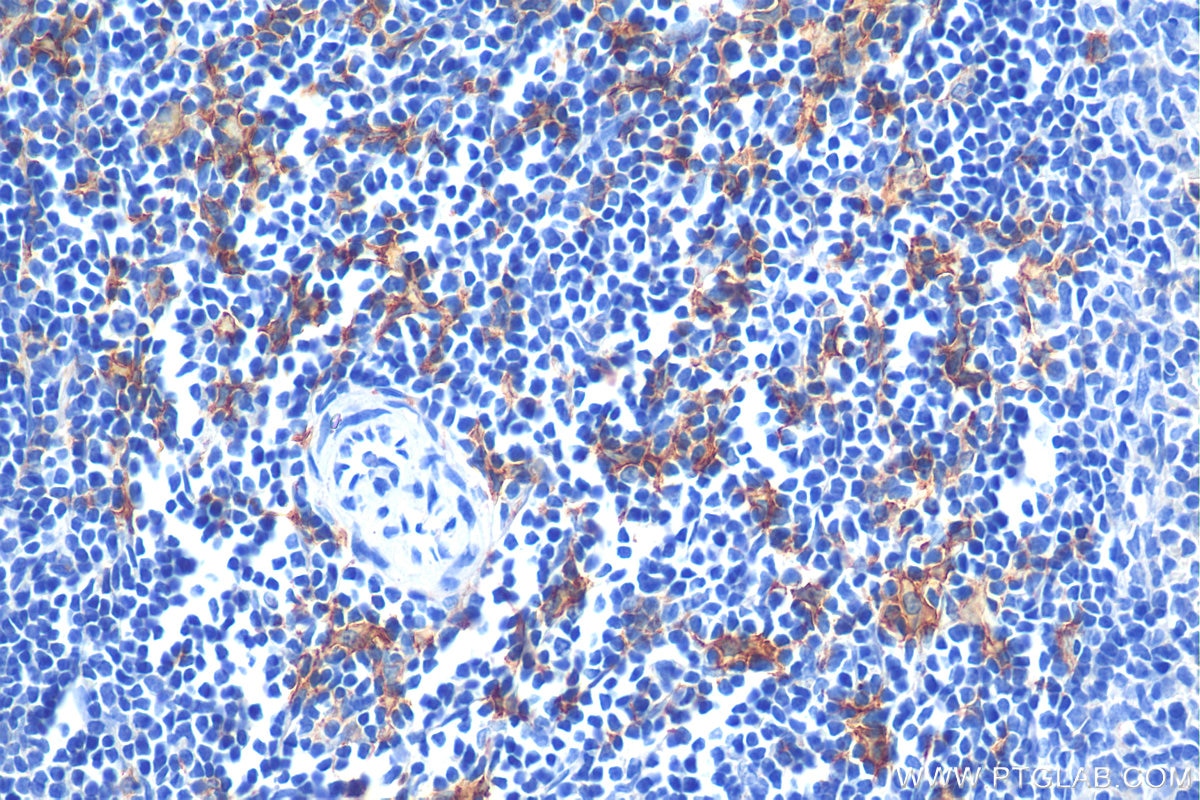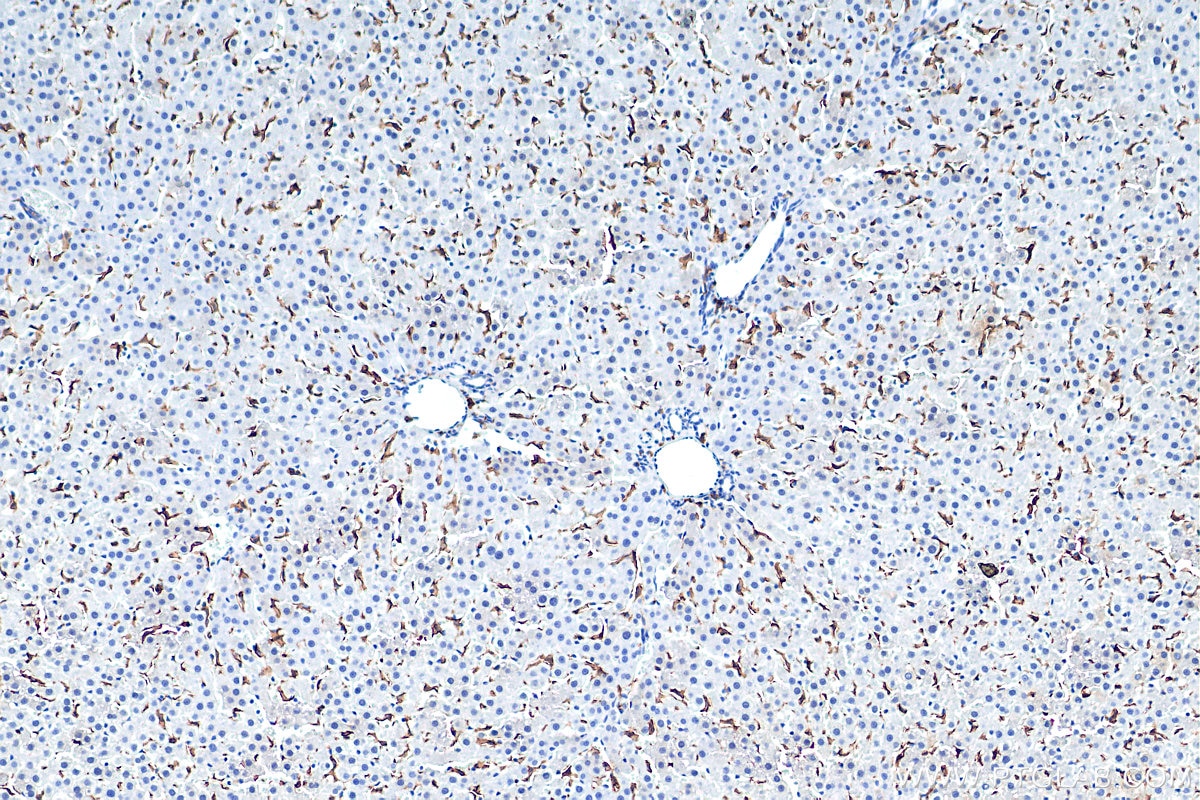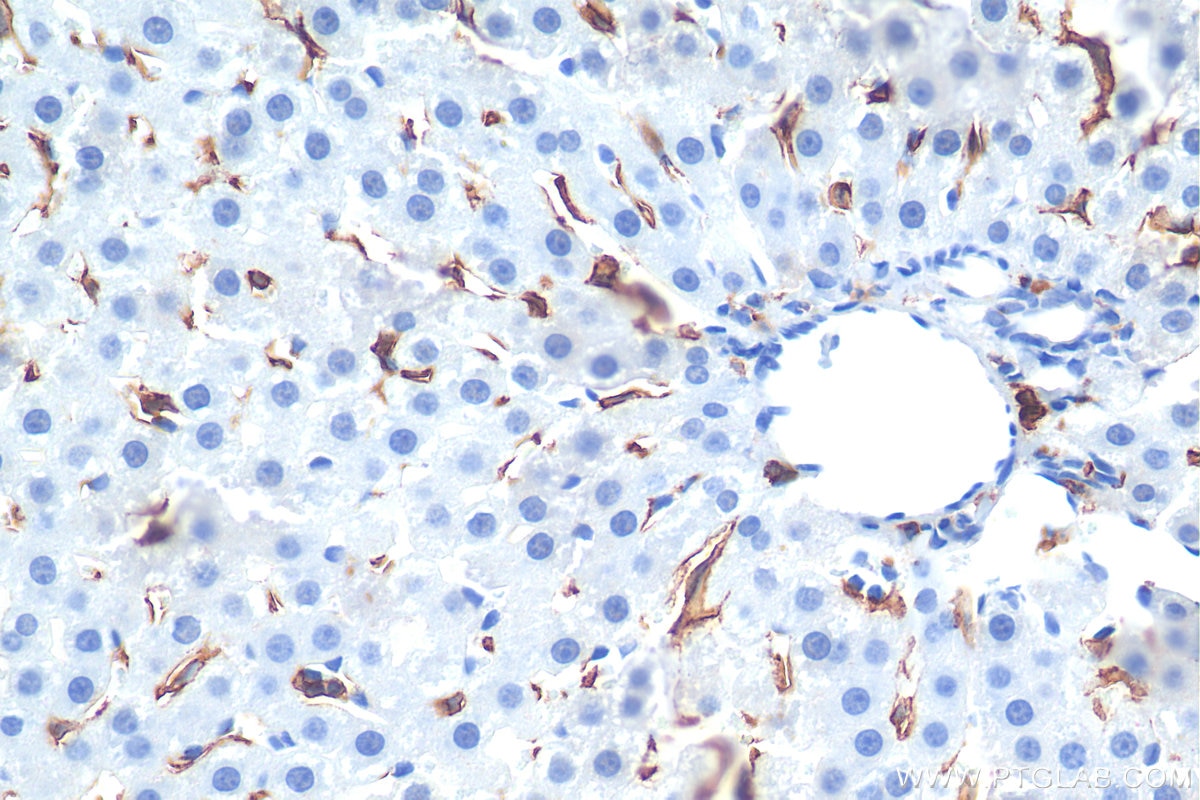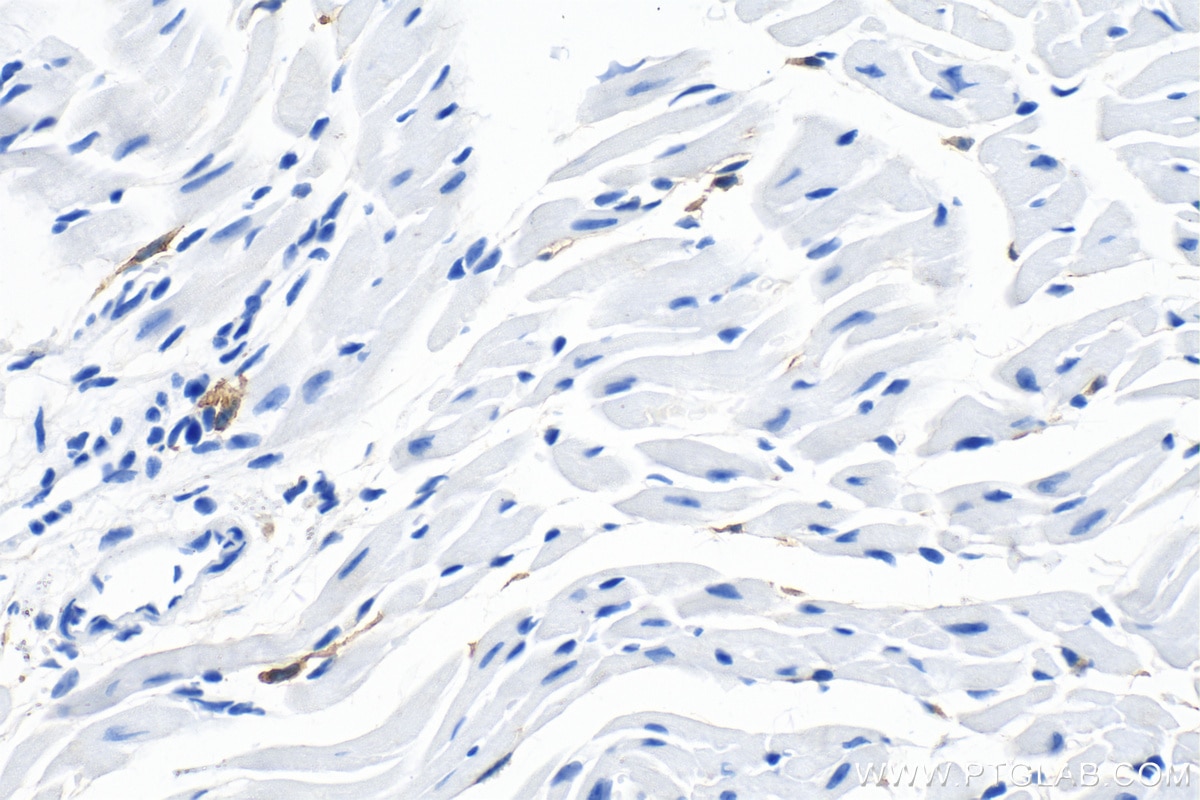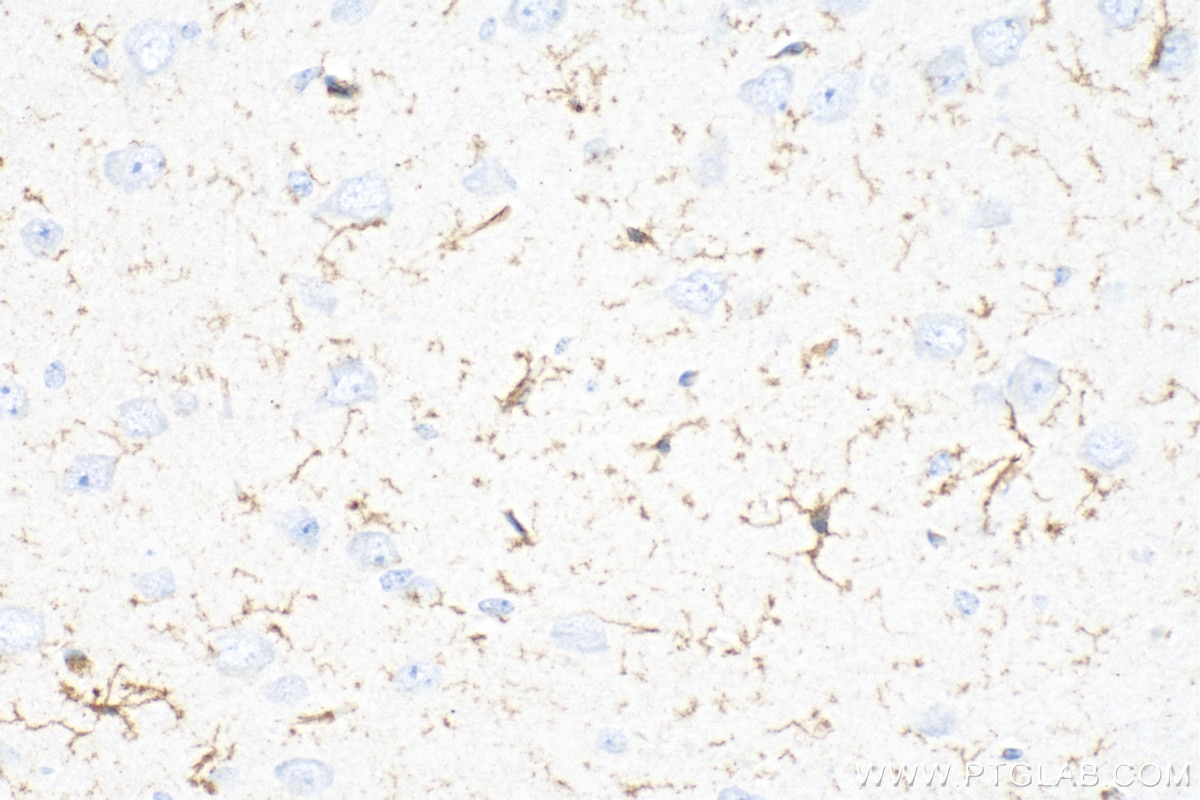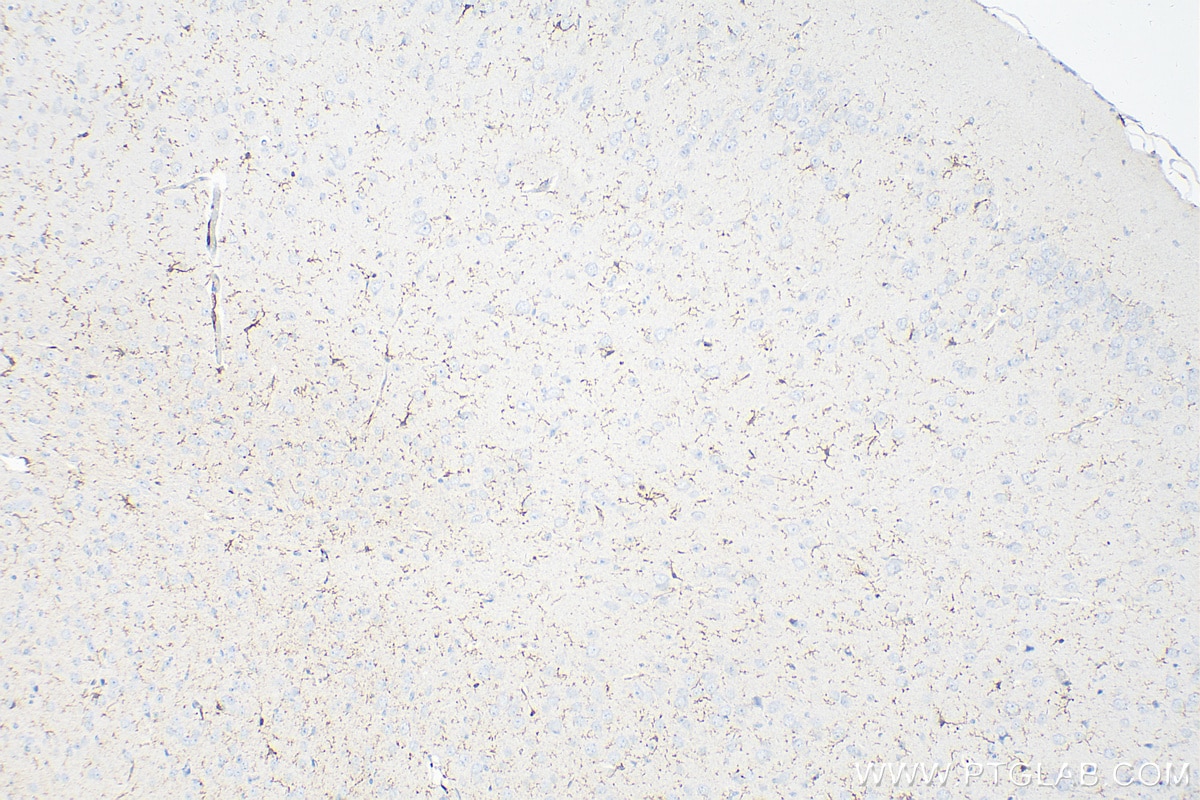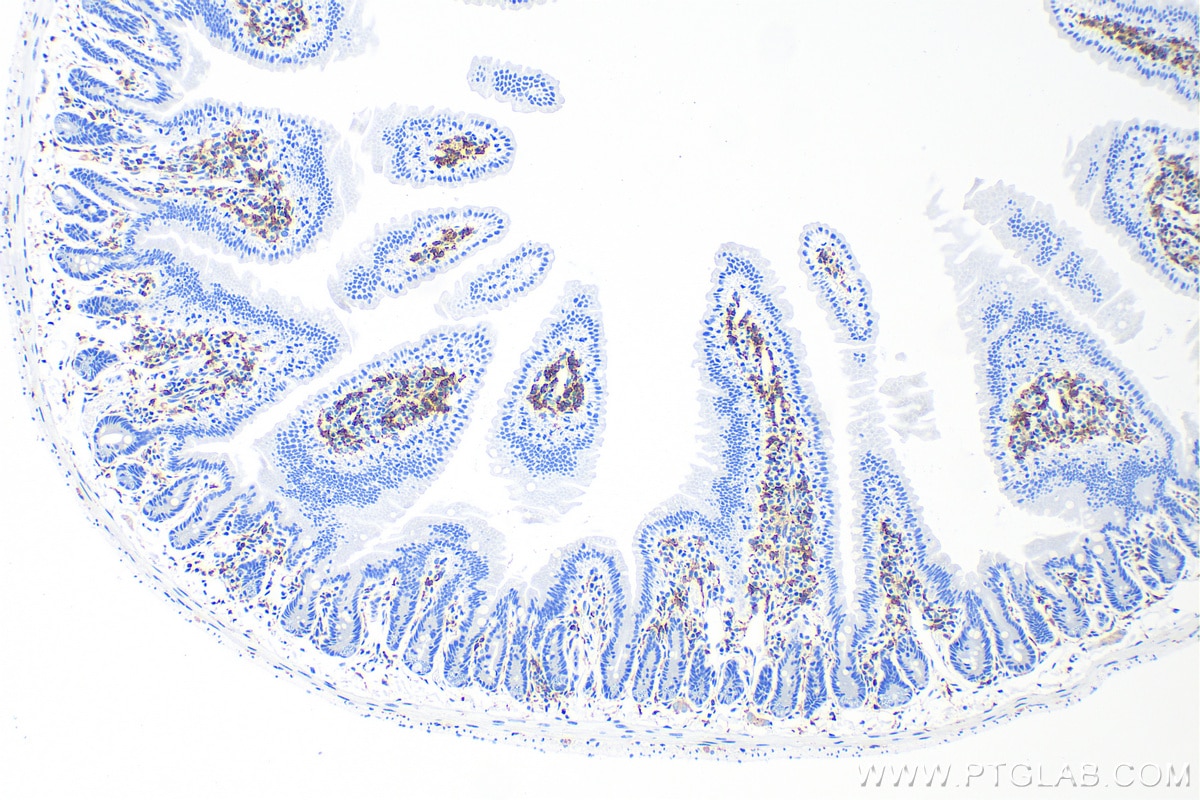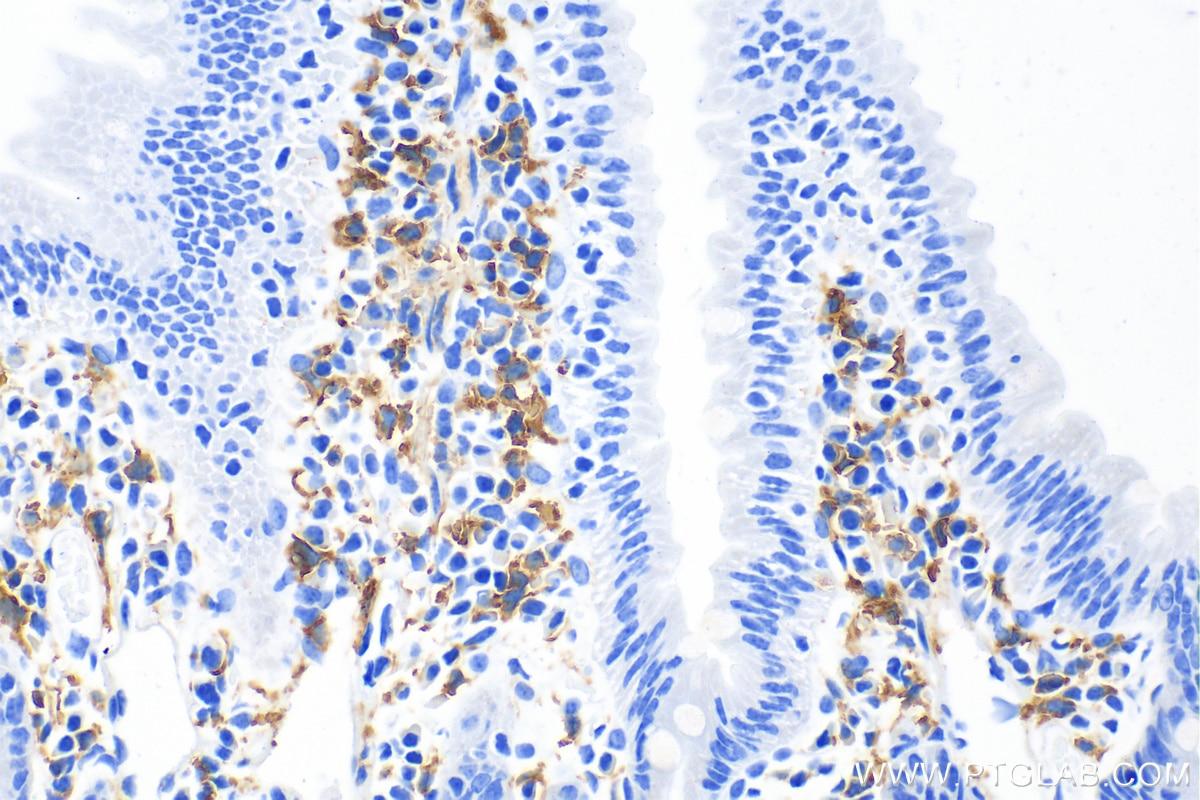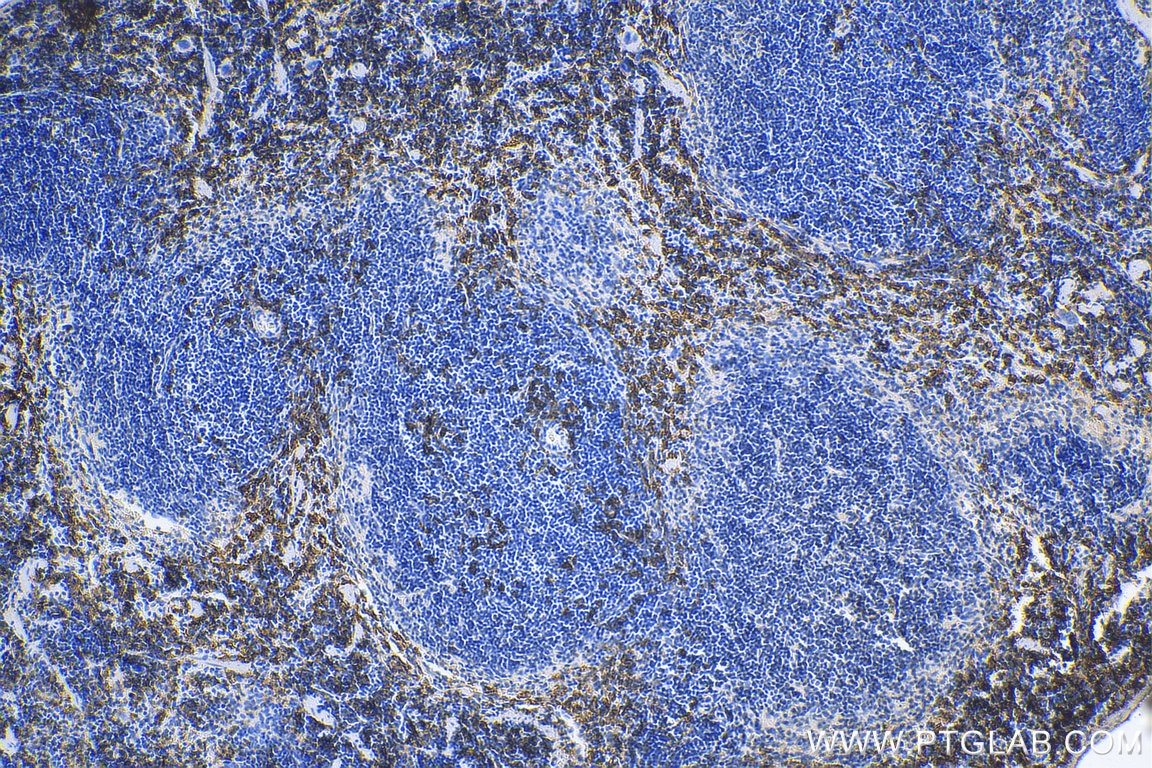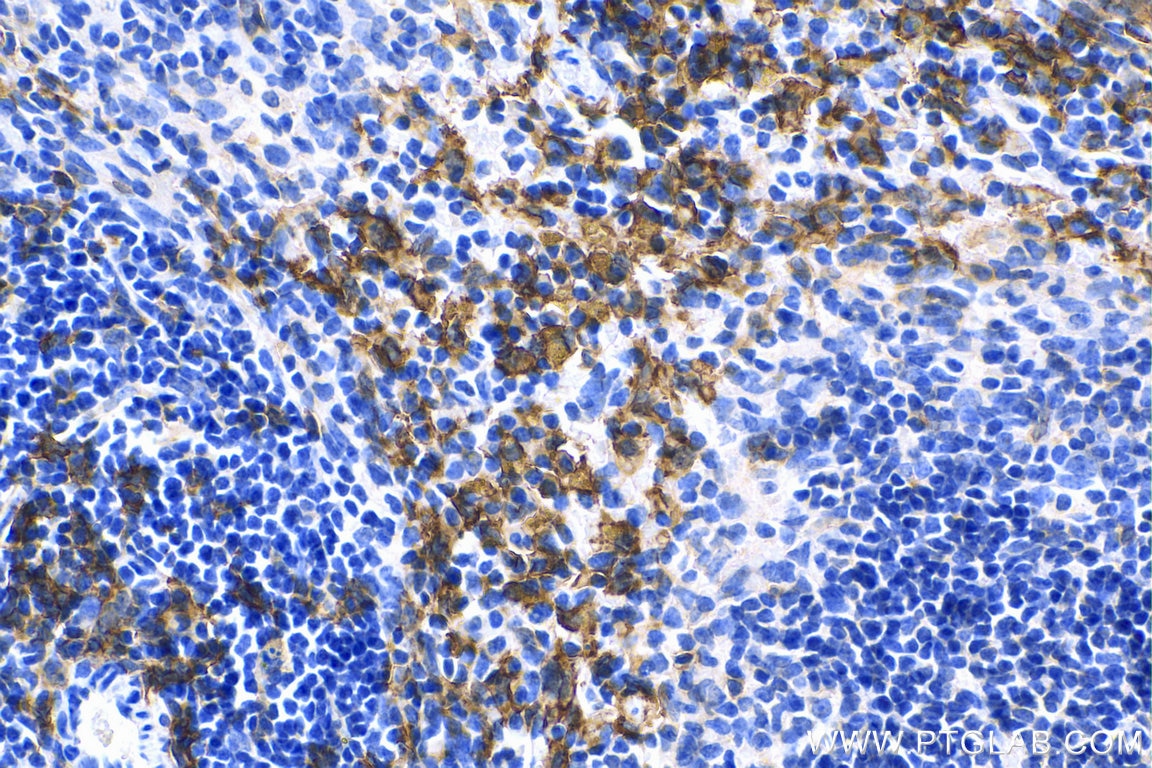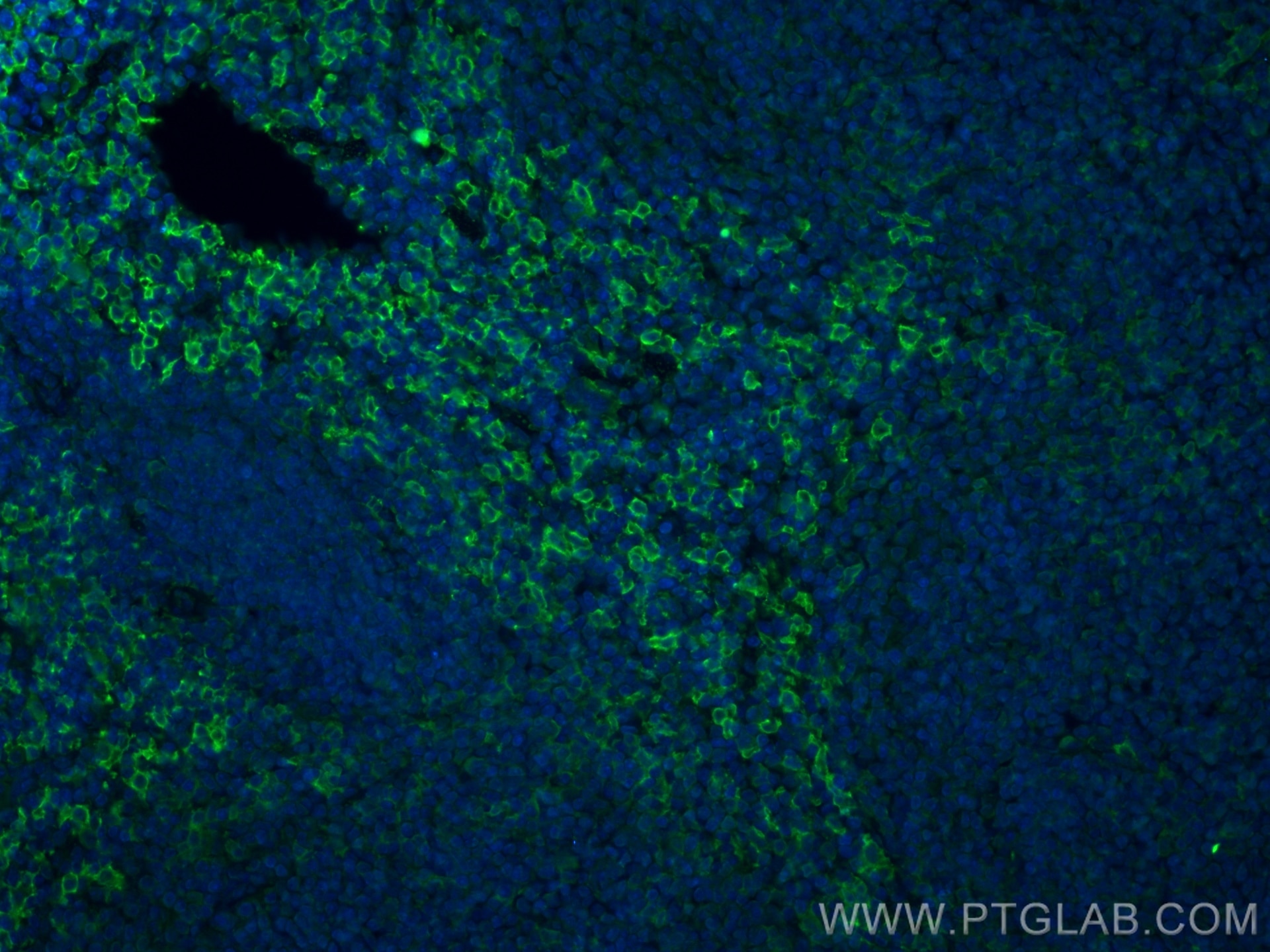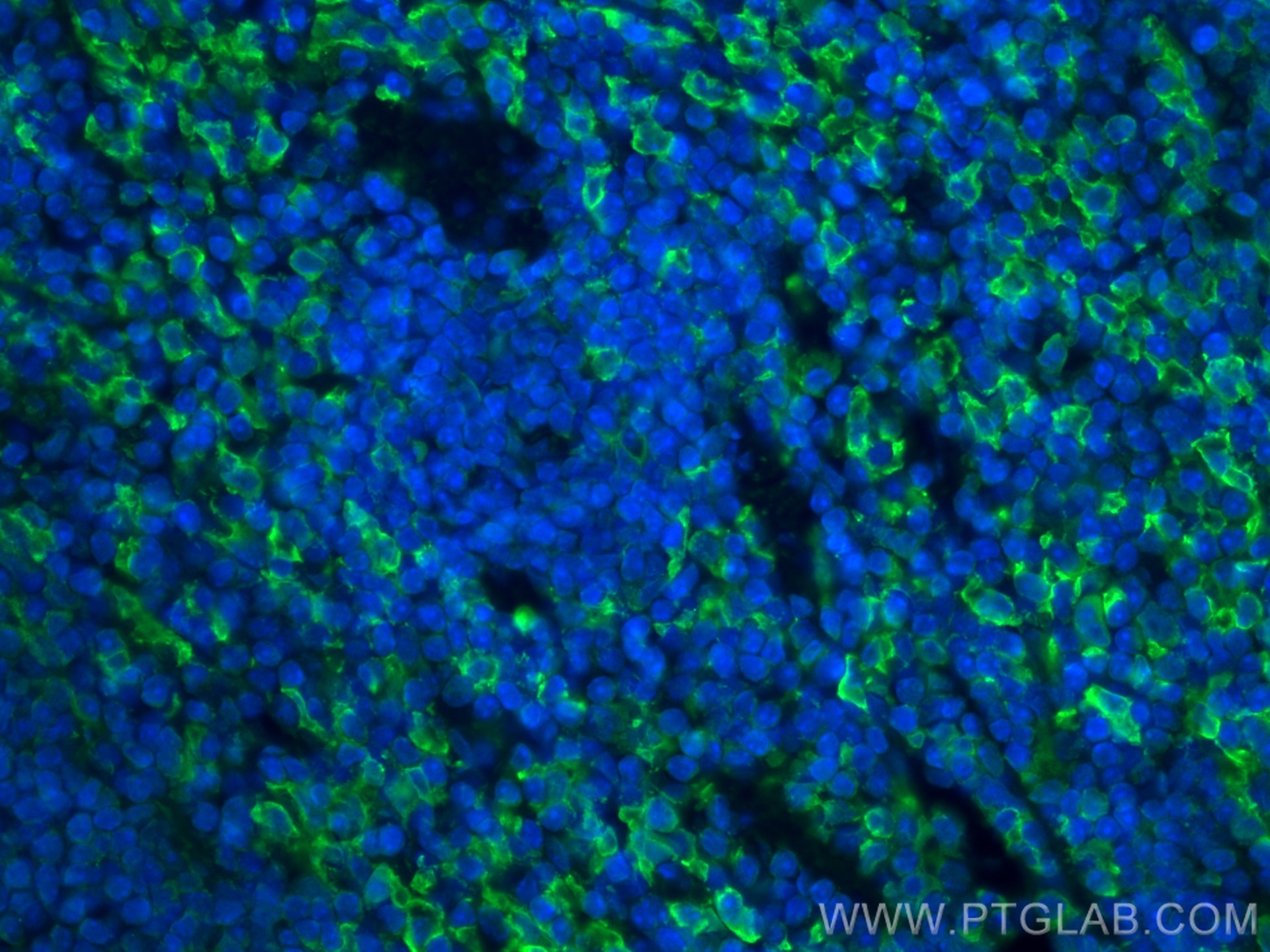F4/80 Polyclonal antibody
F4/80 Polyclonal Antibody for IF, IHC, ELISA
Host / Isotype
Rabbit / IgG
Reactivity
mouse, rat and More (1)
Applications
WB, IF, IHC, ELISA
Conjugate
Unconjugated
Cat no : 29414-1-AP
Synonyms
Validation Data Gallery
Tested Applications
| Positive IHC detected in | mouse spleen tissue, mouse liver tissue, rat spleen tissue, rat liver tissue, mouse lung tissue, mouse heart tissue, mouse brain tissue, mouse small intestine tissue Note: suggested antigen retrieval with TE buffer pH 9.0; (*) Alternatively, antigen retrieval may be performed with citrate buffer pH 6.0 |
| Positive IF detected in | mouse spleen tissue |
Recommended dilution
| Application | Dilution |
|---|---|
| Immunohistochemistry (IHC) | IHC : 1:8000-1:20000 |
| Immunofluorescence (IF) | IF : 1:50-1:500 |
| Sample-dependent, check data in validation data gallery | |
Published Applications
| WB | See 3 publications below |
| IHC | See 18 publications below |
| IF | See 16 publications below |
Product Information
29414-1-AP targets F4/80 in WB, IF, IHC, ELISA applications and shows reactivity with mouse, rat samples.
| Tested Reactivity | mouse, rat |
| Cited Reactivity | human, rat, mouse |
| Host / Isotype | Rabbit / IgG |
| Class | Polyclonal |
| Type | Antibody |
| Immunogen | F4/80 fusion protein Ag30149 相同性解析による交差性が予測される生物種 |
| Full Name | EGF-like module containing, mucin-like, hormone receptor-like sequence 1 |
| Calculated molecular weight | 102 kDa |
| GenBank accession number | NM_010130 |
| Gene symbol | Emr1 |
| Gene ID (NCBI) | 13733 |
| RRID | AB_2918300 |
| Conjugate | Unconjugated |
| Form | Liquid |
| Purification Method | Antigen affinity purification |
| Storage Buffer | PBS with 0.02% sodium azide and 50% glycerol pH 7.3. |
| Storage Conditions | Store at -20°C. Stable for one year after shipment. Aliquoting is unnecessary for -20oC storage. |
Background Information
Mouse F4/80, also named as EMR1 and Gpf480, is a 160kd cell surface glycoprotein which is a member of the EGF TM7 family. The F4/80 molecule is solely expressed on the surface of macrophages and serves as a marker for mature macrophage tissues, including Kupffer cells in liver, splenic red pulp macrophages, brain microglia, gut lamina propria and Langerhans cells in the skin. The function of F4/80 is unclear, but it is speculated to be involved in macrophage adhesion events, cell migration or as a G protein-coupled signaling component of macrophages.
Protocols
| Product Specific Protocols | |
|---|---|
| IHC protocol for F4/80 antibody 29414-1-AP | Download protocol |
| IF protocol for F4/80 antibody 29414-1-AP | Download protocol |
| Standard Protocols | |
|---|---|
| Click here to view our Standard Protocols |
Publications
| Species | Application | Title |
|---|---|---|
Cancer Commun (Lond) Glutamine metabolic microenvironment drives M2 macrophage polarization to mediate trastuzumab resistance in HER2-positive gastric cancer | ||
J Exp Clin Cancer Res FAM171B stabilizes vimentin and enhances CCL2-mediated TAM infiltration to promote bladder cancer progression | ||
Mater Today Bio Mussel-inspired collagen-hyaluronic acid composite scaffold with excellent antioxidant properties and sustained release of a growth factor for enhancing diabetic wound healing. | ||
ACS Appl Mater Interfaces Catalysis-Mediated Male Contraception through Black Phosphorus Nanosheets | ||
Mater Today Bio Intracellular hydrogelation of macrophage conjugated probiotics for hitchhiking delivery and combined treatment of colitis | ||
Int Immunopharmacol The ALOX5 inhibitor Zileuton regulates tumor-associated macrophage M2 polarization by JAK/STAT and inhibits pancreatic cancer invasion and metastasis |
